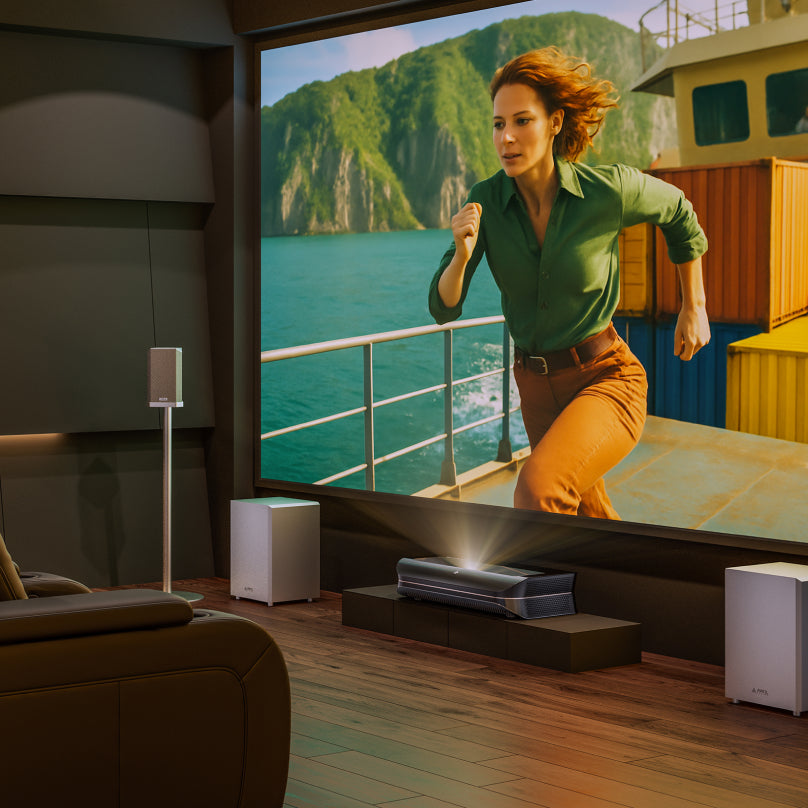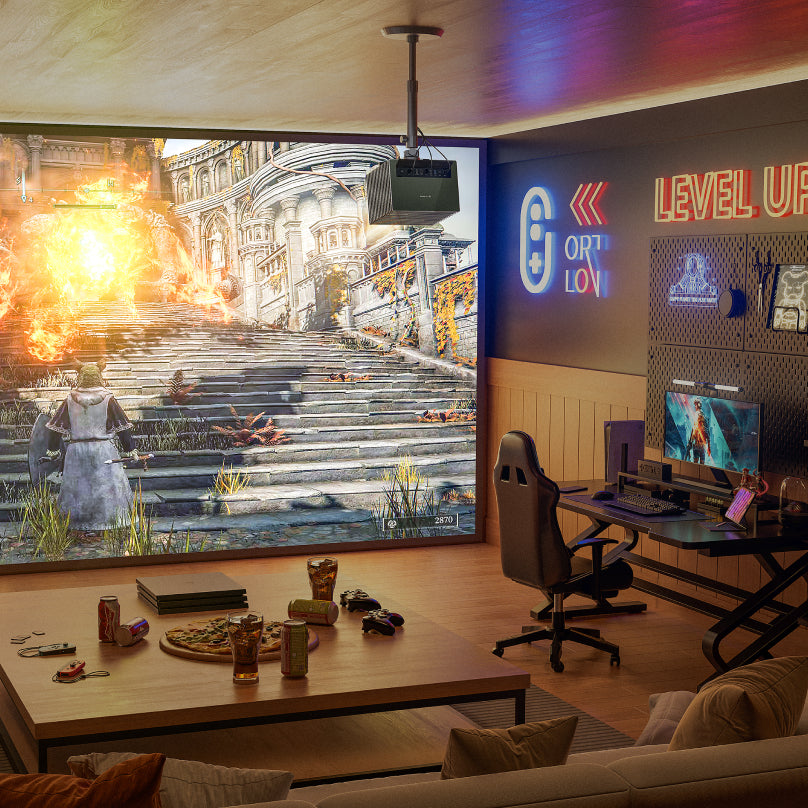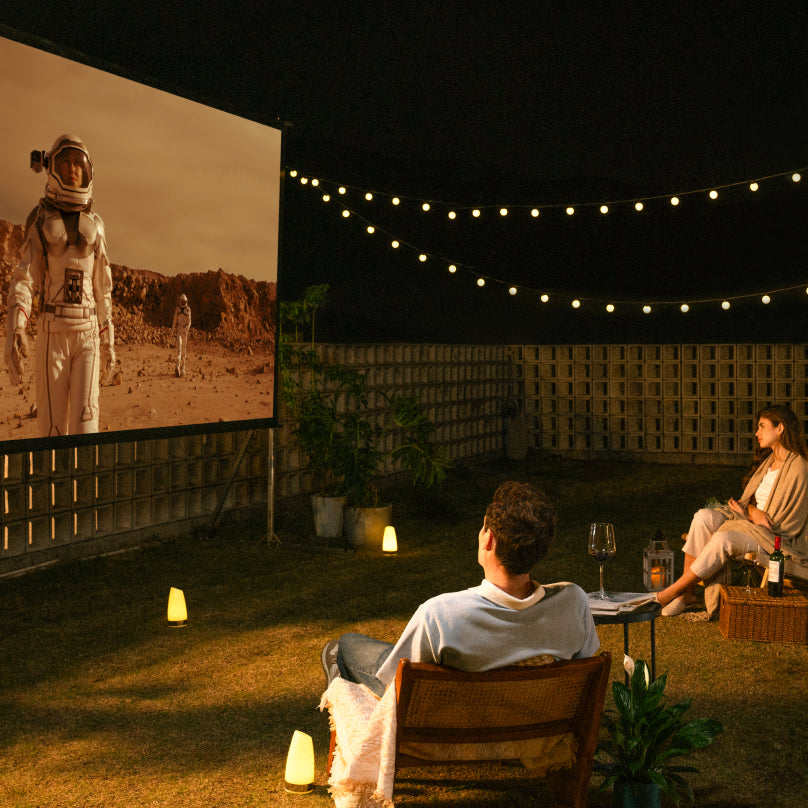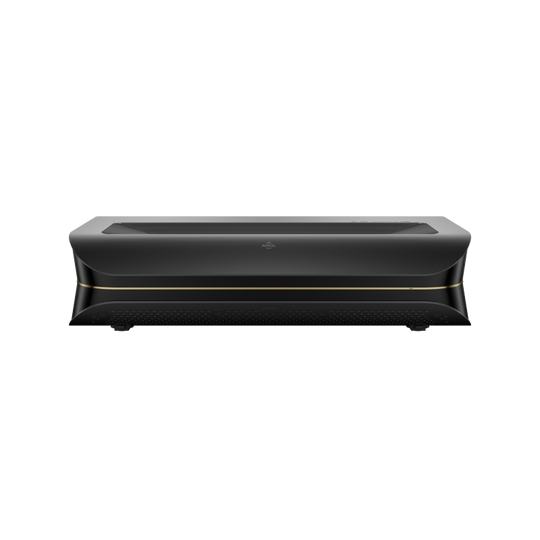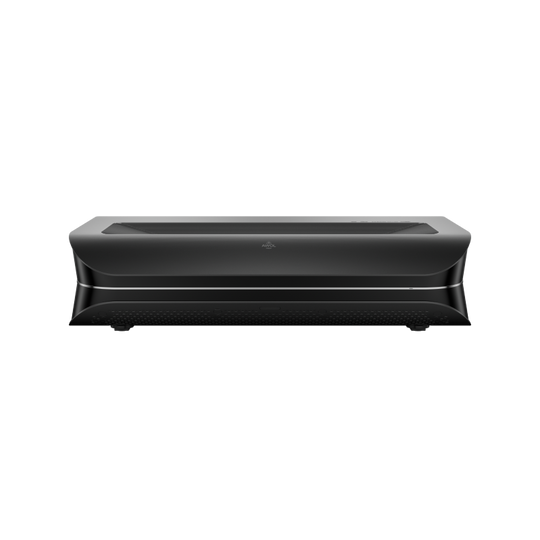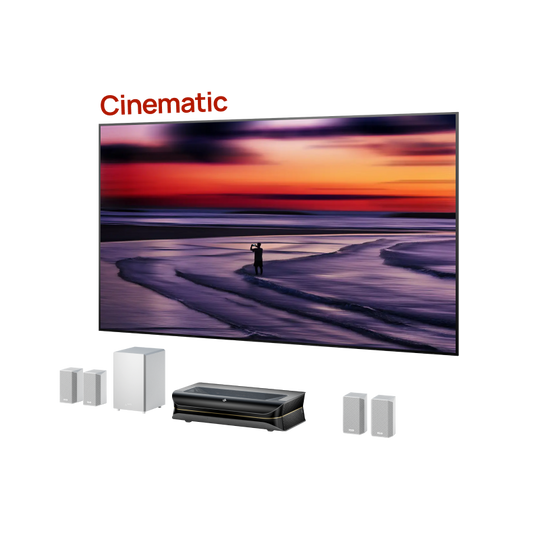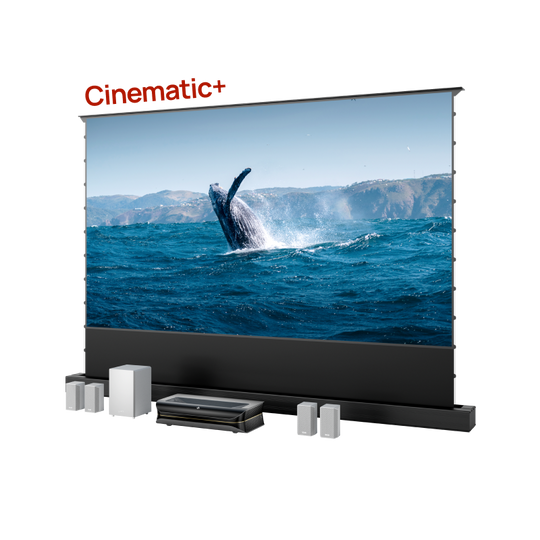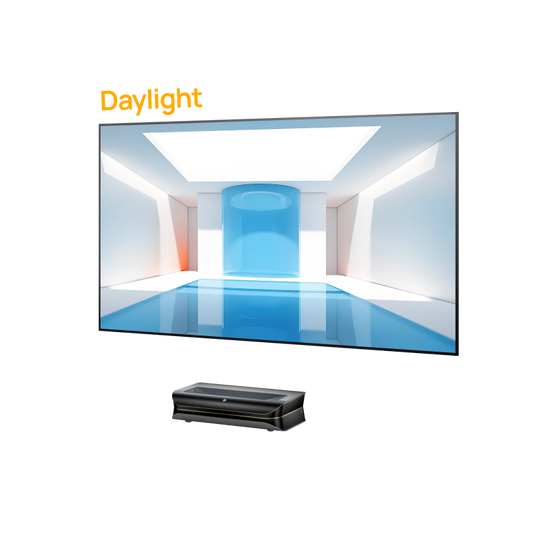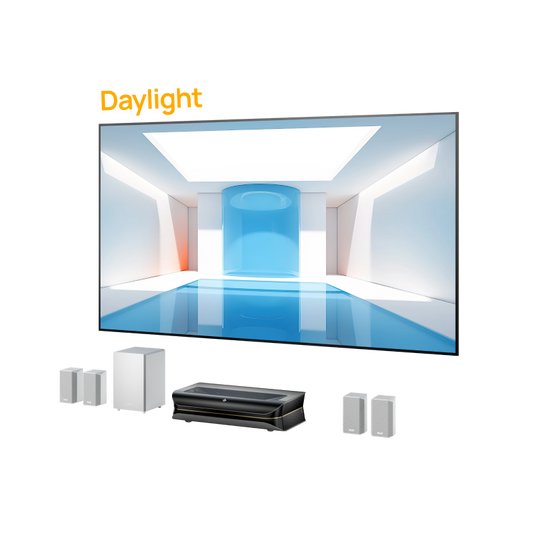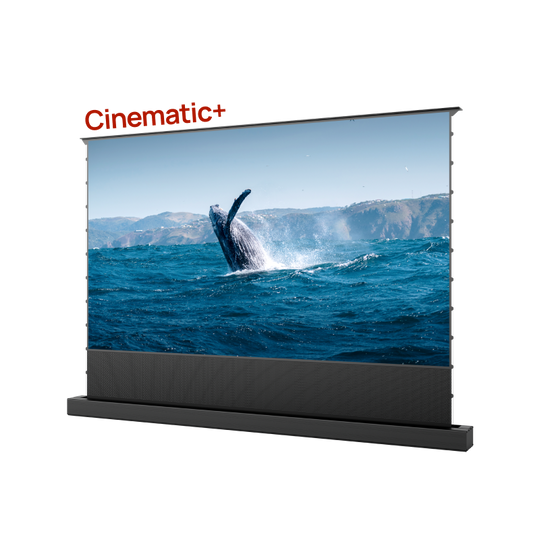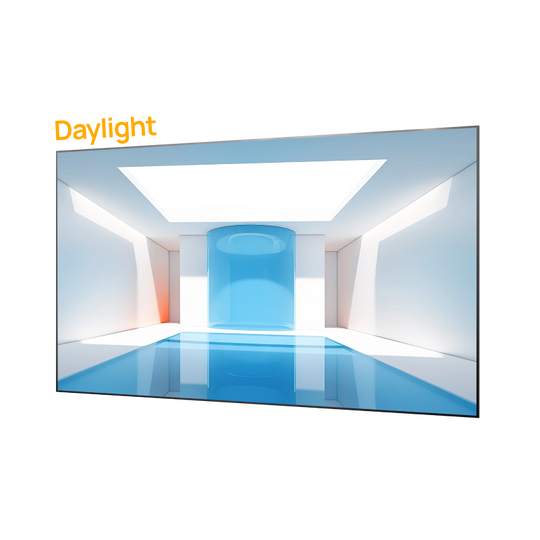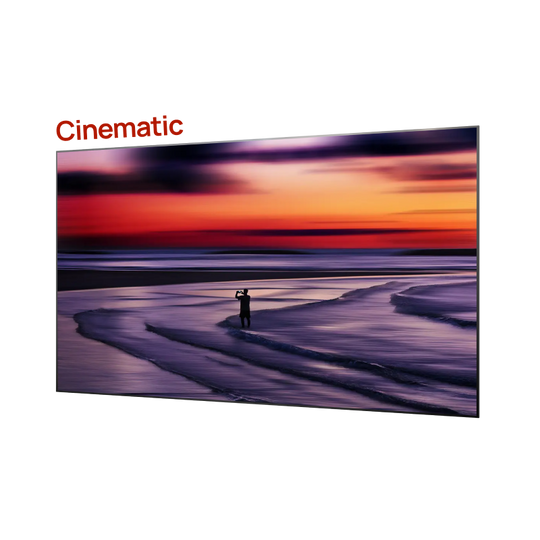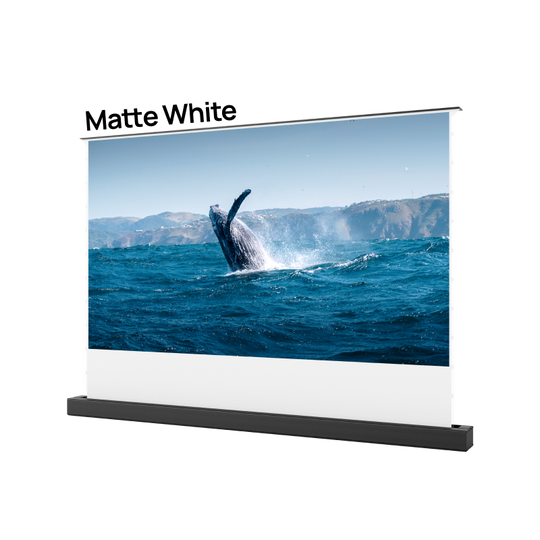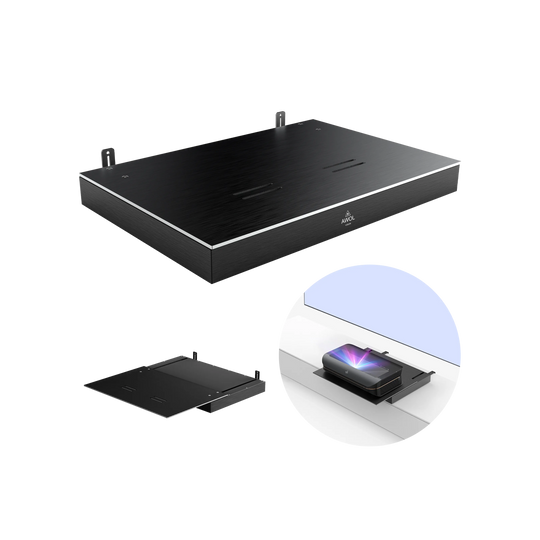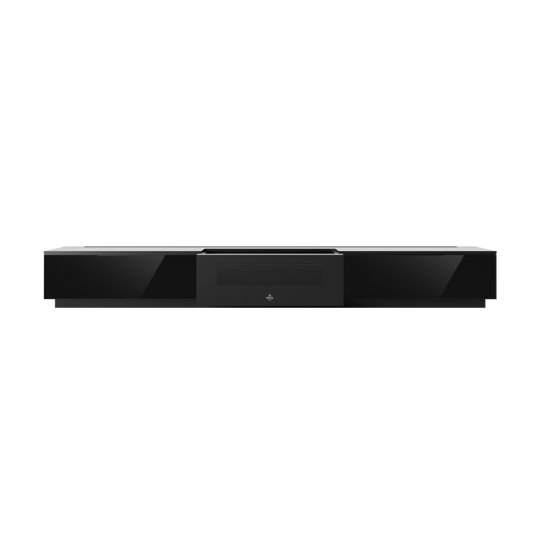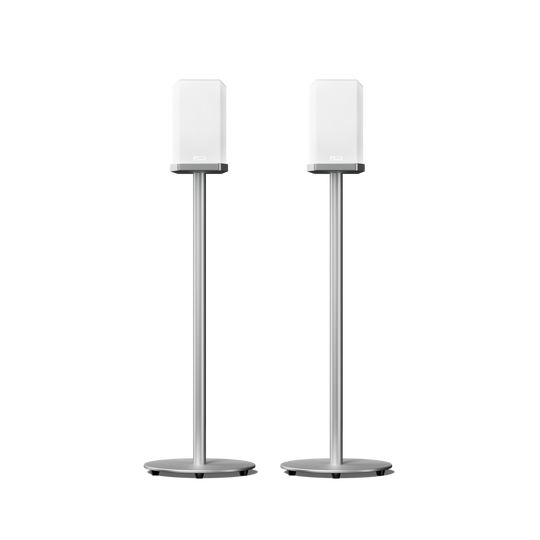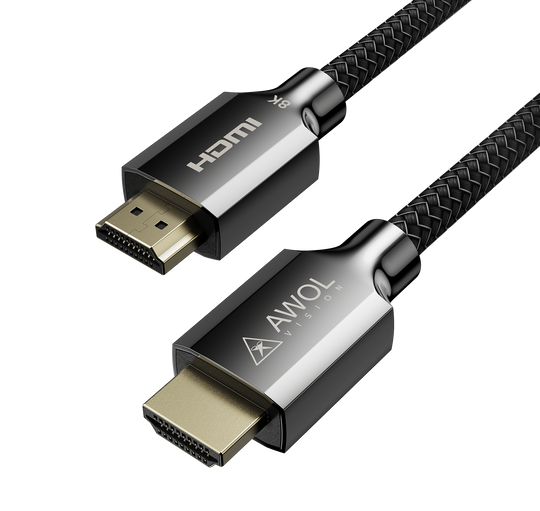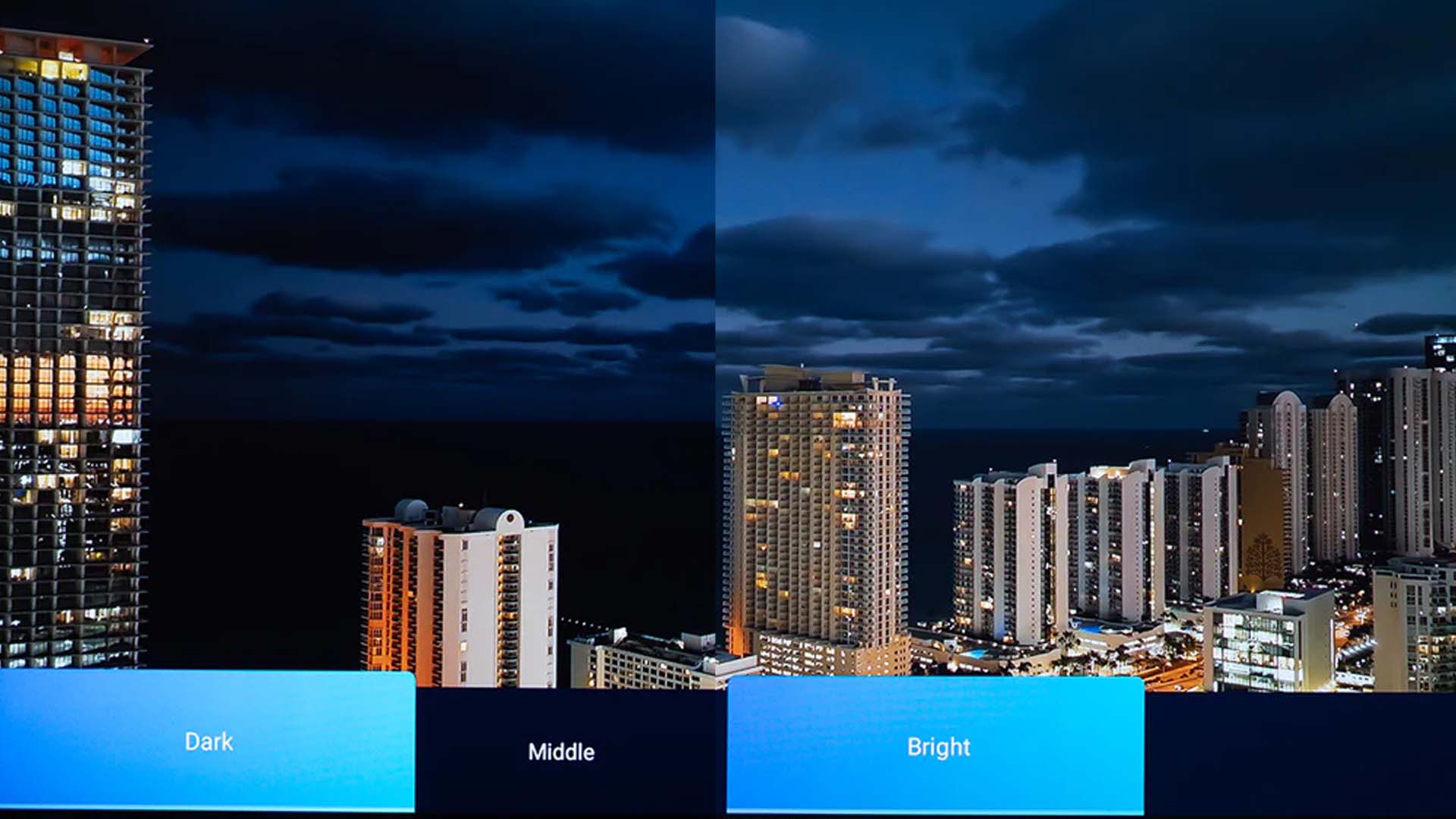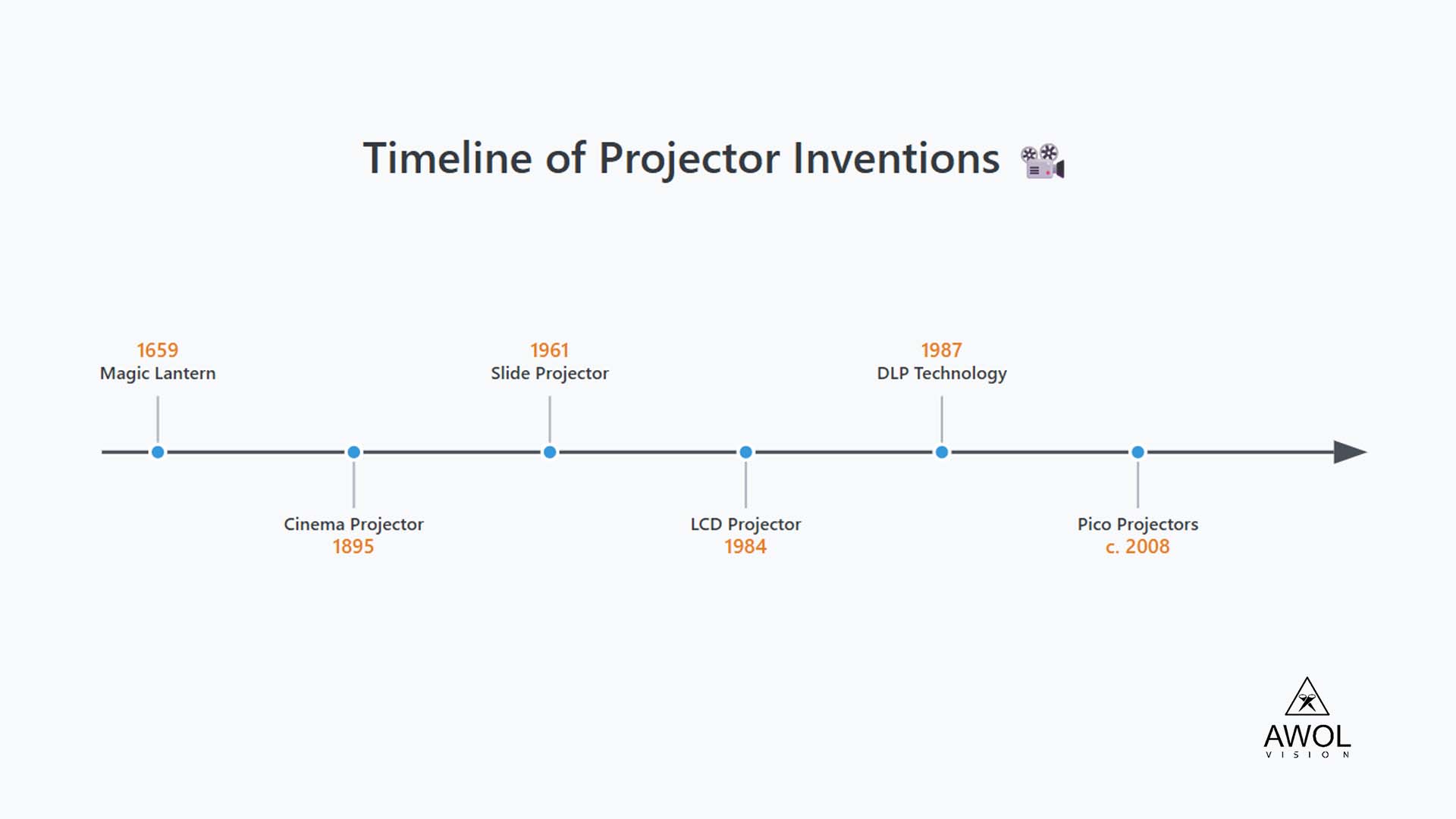Every gamer is looking for an edge. You've practiced, you've upgraded your mouse, but you keep hearing about one specification that promises a real competitive advantage: 240Hz.
But what does it actually mean? Is it just marketing hype, or is it the single most important feature for a gaming display? And is the high price tag even worth it?
In this guide, we cut through the noise. We'll break down exactly what 240Hz is, who it's for, and help you decide if it's the right choice for your setup. No hype, just facts.
What is Refresh Rate?
In simple terms, a display's refresh rate (measured in Hertz, or Hz) is the number of times it updates the image on the screen every second. Think of it like a digital flipbook—more pages per second create a smoother, more fluid animation.
A standard 60Hz display updates 60 times per second. A 240Hz display updates the image a staggering 240 times per second, providing four times the amount of visual information. This creates an incredibly fluid and responsive canvas for your games.
Core Benefits: Why Pro Gamers Swear by 240Hz
When you see professional players using 240Hz monitors, it isn't for show. The benefits translate to tangible, in-game advantages that can mean the difference between victory and defeat.
Unmatched Motion Clarity: The primary benefit of 240Hz is a drastic reduction in motion blur. When you quickly flick your view in an FPS game, a 240Hz display keeps the image sharp and clear. This makes tracking fast-moving opponents significantly easier, allowing for more precise aim and a clearer picture of the battlefield.
The Lowest Possible Input Lag: A higher refresh rate means the display shows a new frame sooner (every 4.17 milliseconds for 240Hz). This reduces the perceptible delay between you moving your mouse and seeing the result on screen, making the game feel more connected and instantly responsive to your reflexes.
A Smoother, More Connected Feel: Beyond the numbers, there's a subjective feeling of smoothness that 240Hz provides. The world on screen simply feels more real and directly tied to your actions. While the cutting-edge for esports is now pushing into 360Hz and beyond, 240Hz remains the competitive benchmark for serious players.
The Big Debate: 240Hz vs 144Hz
For years, 144Hz has been the gold standard for serious PC gamers. So, is the jump to 240Hz worth it? The leap from 60Hz to 144Hz is a night-and-day difference. The jump from 144Hz to 240Hz is a refinement—a smaller, but crucial, advantage for high-level players.
|
Feature |
144Hz Monitor |
240Hz Monitor |
|
Ideal For |
Most Gamers, Excellent Performance |
Competitive Players, Esports Pros |
|
Noticeable Jump |
Massive improvement over 60Hz |
Subtle, but clear improvement over 144Hz |
|
Price Point |
More Affordable |
Premium |
|
Hardware Demand |
High |
Very High |
Can Your Setup Handle 240Hz?
A 240Hz display is only as good as the PC powering it. To see the full benefit, your computer must be able to consistently produce 240 or more Frames Per Second (FPS).
-
The Hardware You Actually Need: This means you'll need a powerful, modern graphics card (like an NVIDIA GeForce RTX 5070 or higher) and a high-end processor (CPU) that won't bottleneck performance. If your PC can only produce 150 FPS in your favorite game, a 240Hz monitor will still feel great, but you won't be using its full potential.
-
The Games That Benefit Most: The advantages of 240Hz are most pronounced in games where reaction time and motion clarity are paramount. Think of competitive esports titles like Valorant, CS2, Overwatch, Apex Legends, and Fortnite. In slower-paced strategy games or cinematic RPGs, the benefits of such a high refresh rate are far less noticeable.
Speed vs. Spectacle: Choosing Your Ultimate Gaming Experience
We've established that for competitive gaming, 240Hz is a top-tier spec for maximizing speed. This inevitably leads to the ultimate question for anyone building a high-end setup: Do you double down on raw speed, or is there another path to a premium gaming experience?
For many, gaming isn't just a sport—it's an escape. It's about being transported to another world. For this type of player, the ultimate experience is defined not purely by refresh rate, but by three other powerful words: Color, Detail, and Scale.
The Case for Immersion: A Cinematic Projector's Advantage

This philosophy of spectacle-first gaming is perfected in a different class of display. While a 240Hz monitor is the precision tool of an esports athlete, the AWOL Vision LTV-3500 Pro is an engine for immersion.
Instead of focusing only on refresh rates, it masters the art of the image itself. Its Triple Laser technology eliminates the color wheel, delivering unparalleled visuals that cover 107% of the BT.2020 color space—a feat most displays can only dream of.
When playing a game like Starfield or Alan Wake 2, this translates to colors and vibrancy that are simply unattainable on a typical monitor. And with a screen size of up to 150 inches, you're not just looking at a world; you're enveloped by it. Most importantly, it achieves this without sacrificing responsiveness. The LTV-3500 Pro's Turbo Game Mode drives input lag down to an incredible 8ms at 1080p/120Hz—a response time that rivals dedicated gaming monitors—while still offering a low 15ms lag for cinematic 4K/60Hz gaming. It's a solution designed not for the fastest twitch reflexes, but for the deepest, most breathtaking immersion possible.
Read more: Are Projectors Good for Gaming?
Final Verdict: The Right Display for Your Gaming DNA
Ultimately, the best display is the one that aligns with your passion.
Choose a 240Hz Monitor if: You are a dedicated competitive player in FPS or Battle Royale games, you have a top-tier PC built for maximum frame rates, and every millisecond of reaction time is your top priority.
Choose the AWOL Vision LTV-3500 Pro if: You love visually stunning, immersive single-player adventures, you crave cinematic scale and perfect color fidelity, and your goal is to build an awe-inspiring home entertainment and gaming centerpiece without compromising on responsiveness.
